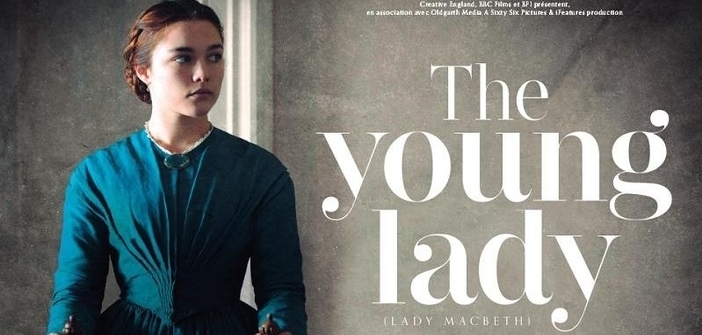Synopsis: 1865, rural England. Katherine leads an unhappy life in a loveless marriage with a Lord twice her age. One day, she falls in love with a young stablehand who works on her husband’s land and discovers passion. Driven by this powerful feeling, Katherine is ready for the deepest betrayals to live her impossible love.
For his first film, William Oldroyd adapts a Russian novel published in 1865, presenting it in a theatrical staging that captures the full power of the actors. The Young Lady paints the paradoxical portrait of a woman in search of independence and love. Characters with dual personalities make for the most interesting stories to tell.
Sober and repetitive, the staging is reminiscent of simple theatrical sets.
William Oldroyd encourages contemplation with his striking images of the English countryside that evoke a sense of freedom.
At one point, we think the director aims to break the cold rhythm of the young woman’s restrictive life by showing this rupture between the indoors and the outdoors through camera movements that follow her liberated run.
The film is relatively calm and silent, the variations in light and the always remarkable geometry of the images are not limited to intelligent takes. The silences are well-managed and broken in the right way by enlightening dialogues.
The classicism and simplicity of the staging highlight the actors’ talent, sublime in their intensity.
The young woman (the excellent Florence Pugh) who at first only seeks freedom, will ultimately be ready to do anything for love.
The story ends on a silent credits roll, with an incredible final shot, even if it is expected.


